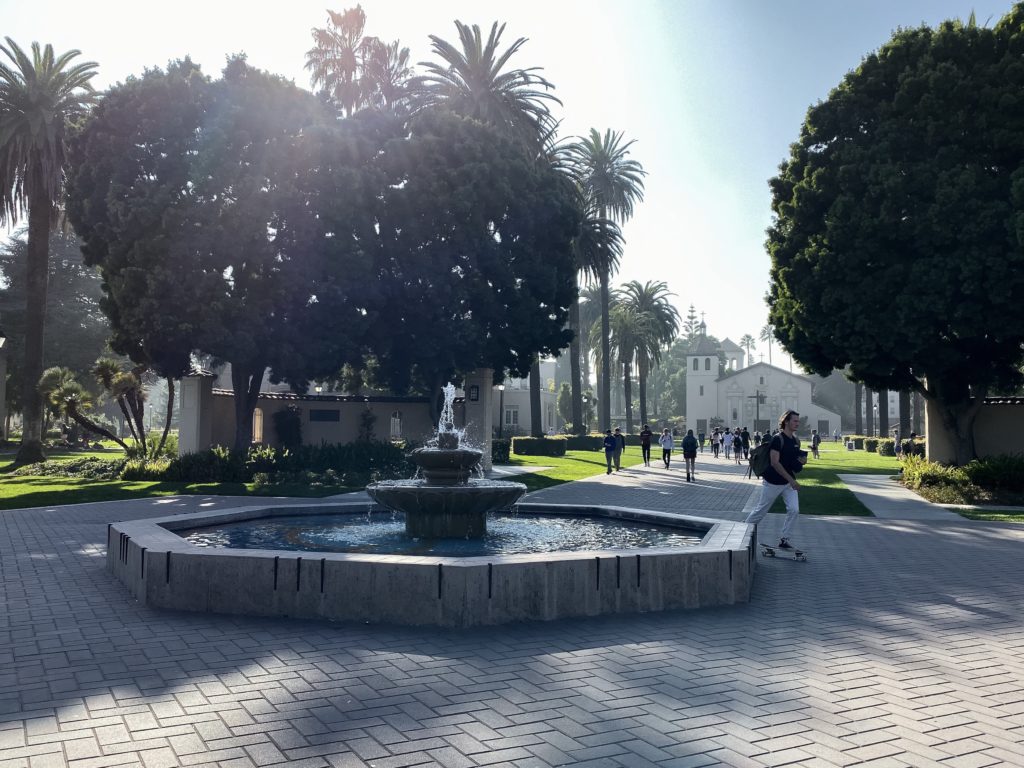Through interacting with Swedish-Americans, mostly online, I’ve learned that what is perceived as Swedish in the United States differ widely from what is perceived as Swedish by present-day Swedes. Descendants of Swedish immigrants to the US keep alive traditions that may have died out in Sweden long ago. Swedish immigrants also intermarried with other Scandinavians, and their descendants mix and match between the traditions sometimes unknowingly. One example: All Americans talk about lutefisk, not knowing that is the Norwegian word. (Swedish: lutfisk.) Lefse (a flatbread) is also assumed to be solidly Swedish even tho it’s mainly Norwegian.
Many Swedish American foods and practices remind me of my grandparents, all born at the end of the 1800s and the very early 1900s. Old fashioned cooking principles involved boiling the life out of both meat and vegetables and/or covering them in heavy flour bases sauces. My mother’s generation rebelled against much of this, and for good reason.
Customs or dishes common in Sweden today usually don’t make their way across the Atlantic. If they do, it’s in popularized or bastardized versions. Hygge (a Danish word referring to creating moments and spaces of laidback cosiness) and fika (the Swedish tradition of having coffee and conversation) are two examples.
All this means that the Swedishness of Swedish American culture feels old-fashioned and limited to a Swede of today. There are many possibilities for misunderstandings, contradictory interpretations, and arguments. Both sides feel strongly that their version is the correct one. I surprise myself by being quite invested in the discussions. My own Swedishness comes out more judgmental and argumentative than I’m really willing to admit.
